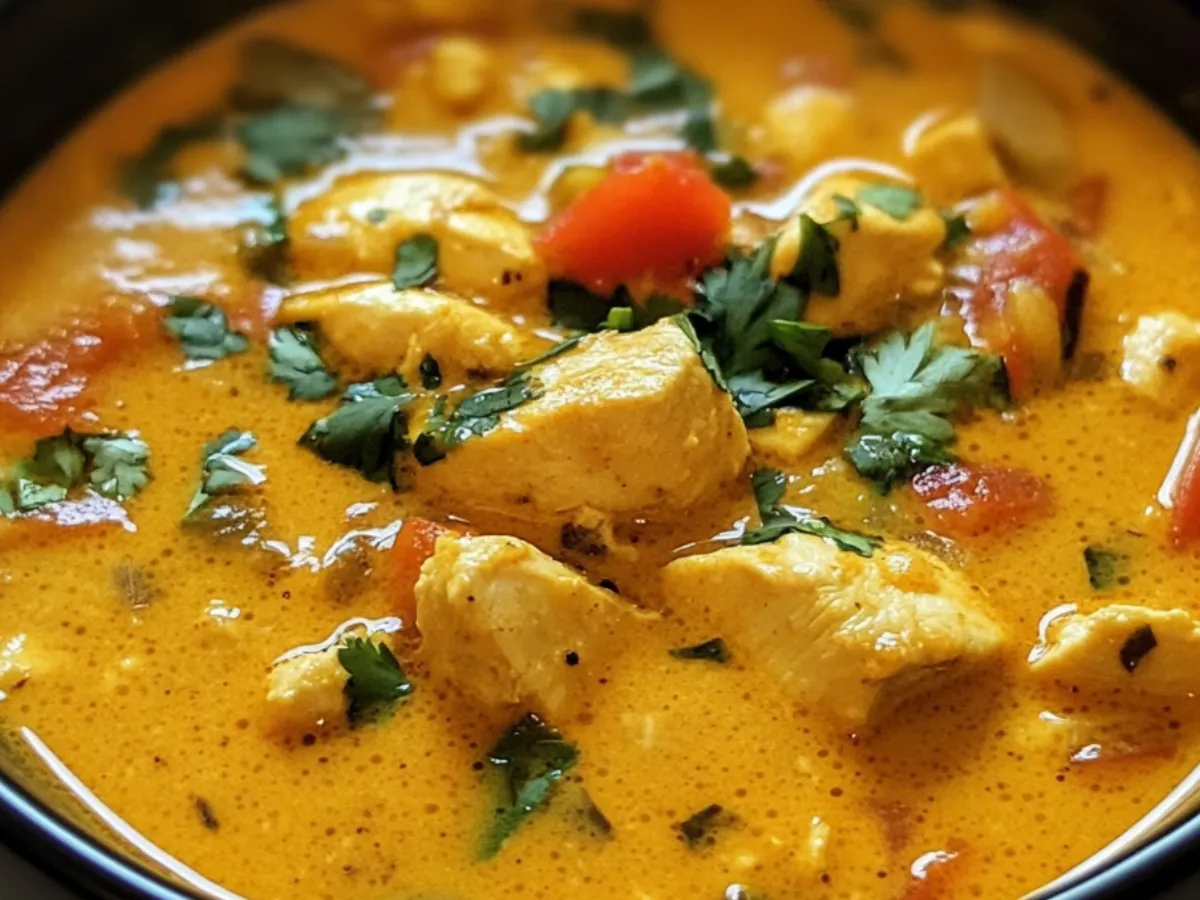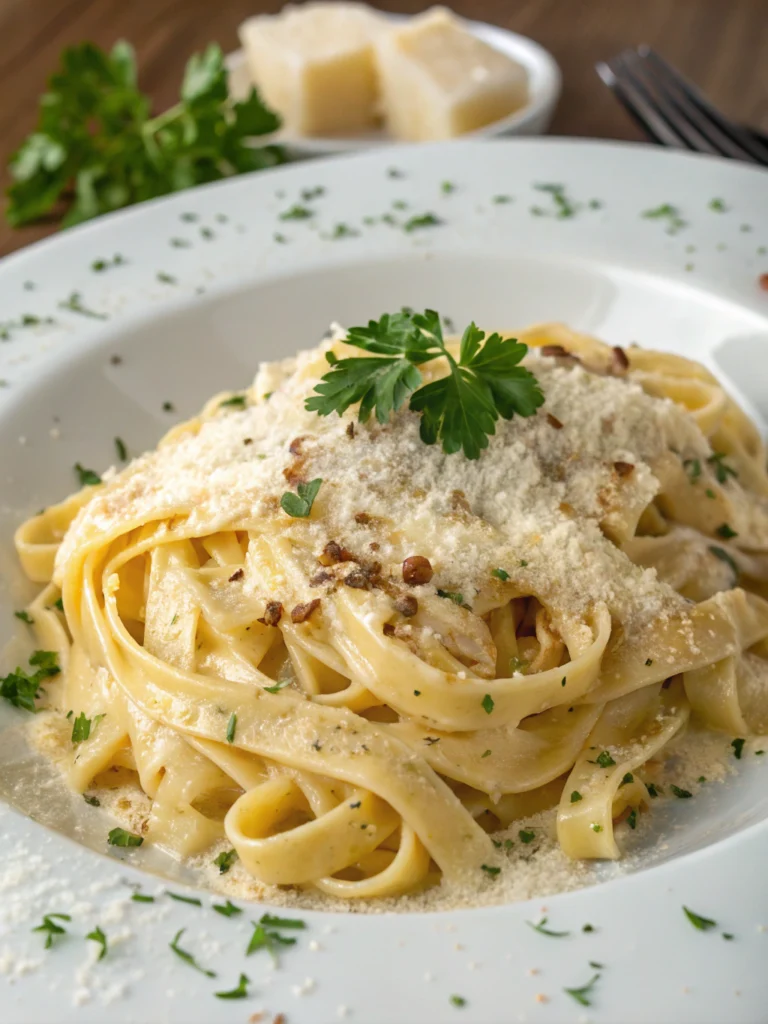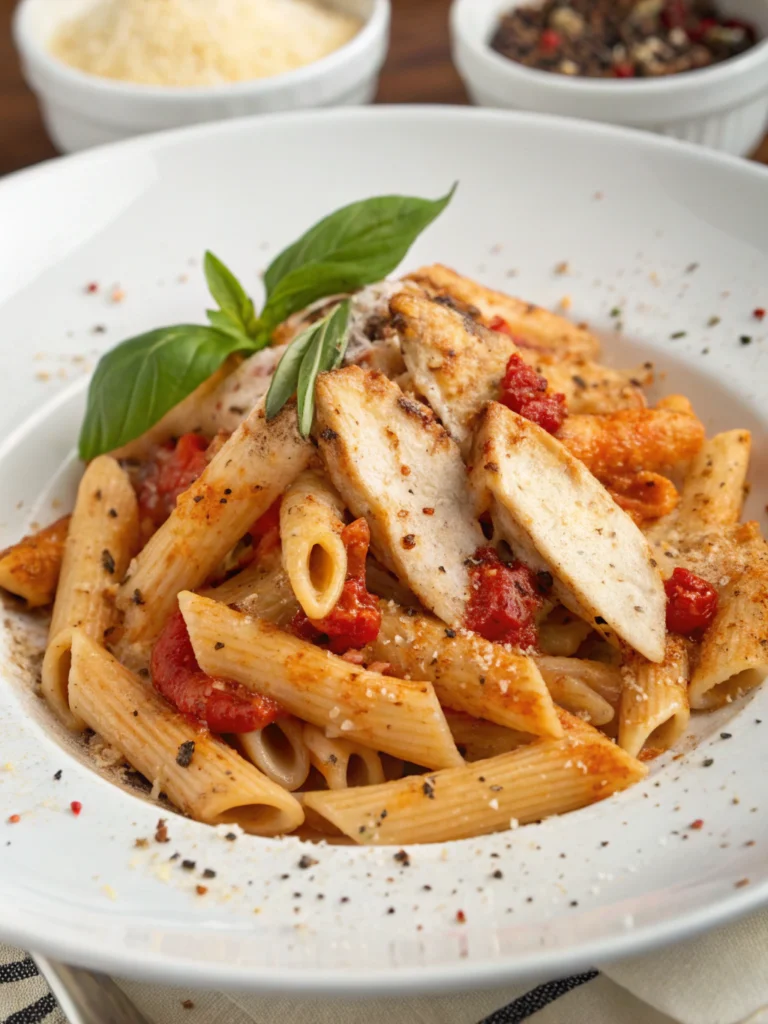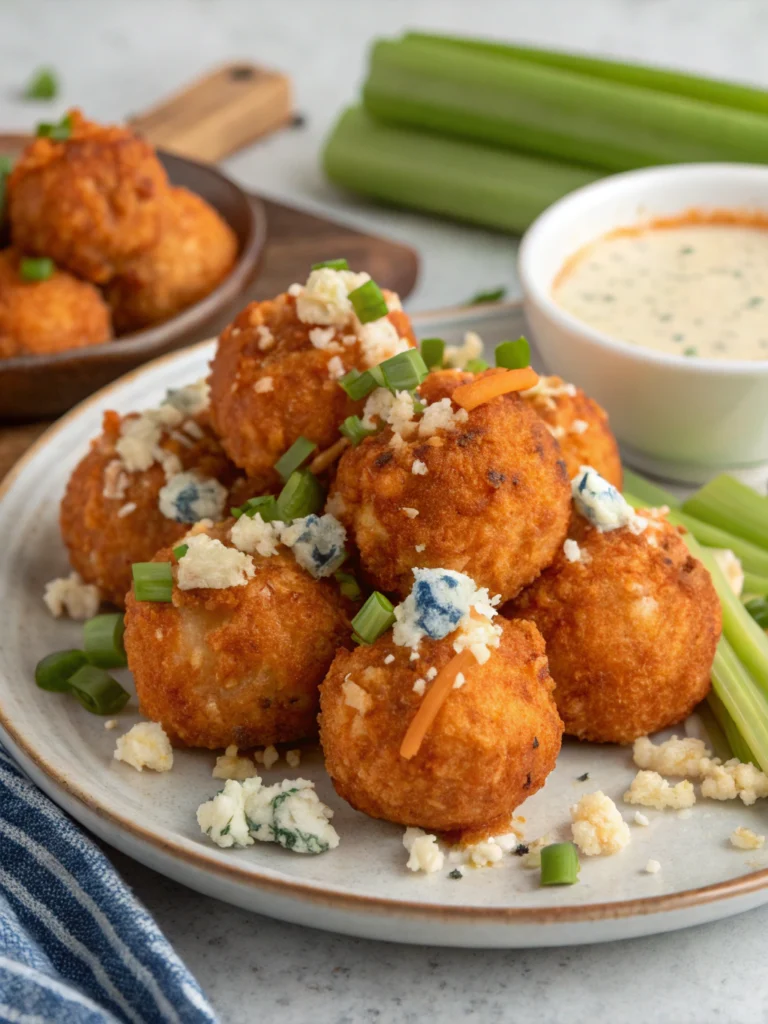I’m excited to share my go-to easy curry that’s perfect for a quick weeknight dinner. This delicious dish is made with just a few ingredients and is ready in no time.
The best part about this curry sauce is that it’s made from scratch with minimal ingredients, yet it’s bursting with flavors. The simplicity of this recipe doesn’t compromise on taste, making it a perfect choice for anyone looking for a hassle-free meal.
Key Takeaways
- Quick and easy to make with minimal ingredients
- Perfect for weeknight dinners or special occasions
- Mild and creamy curry sauce made from scratch
- Delicious and flavorful dish that’s sure to impress
- Simple step-by-step guide for a stress-free cooking experience
- Versatile recipe that can be adjusted to suit your taste
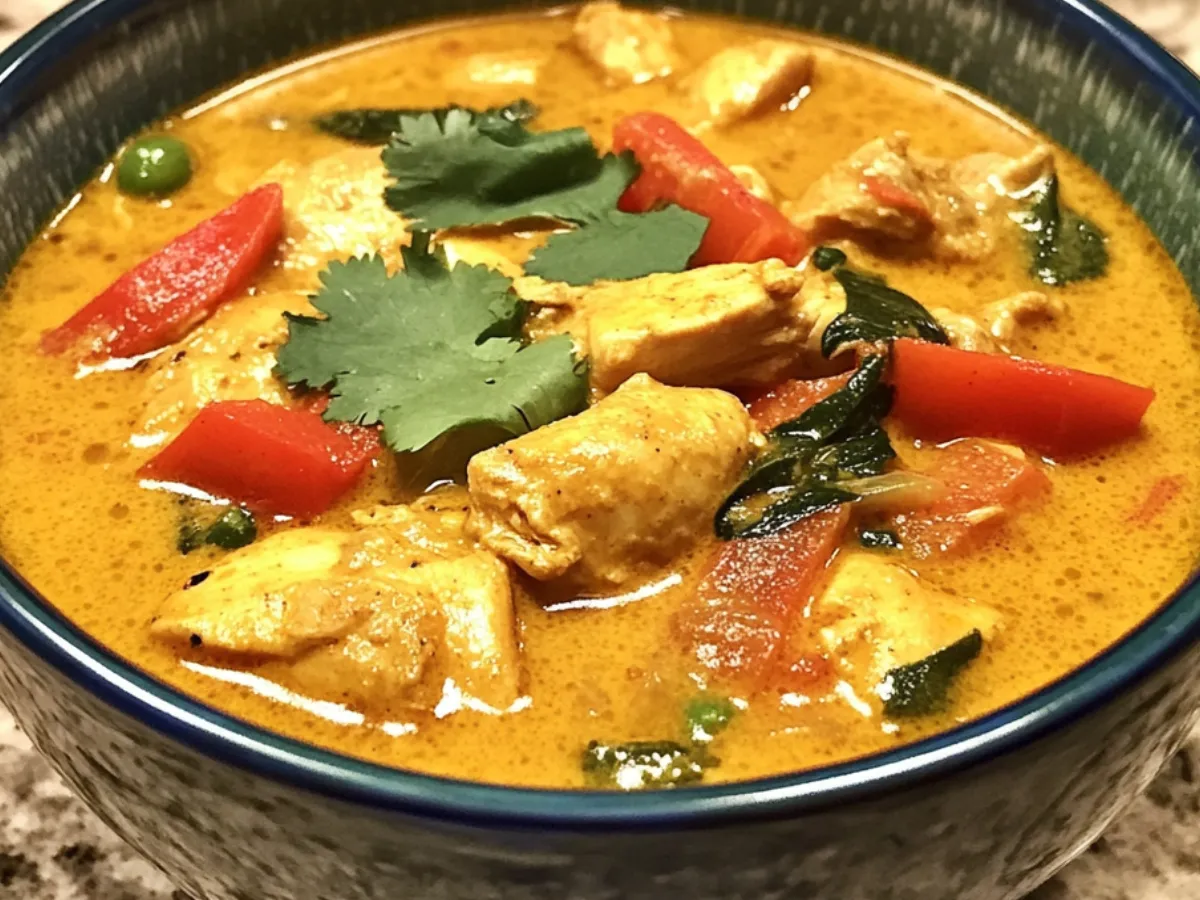
The Perfect Weeknight Chicken Curry
As someone who values both taste and time, I’ve developed a chicken curry recipe that’s ideal for busy weeknights. This Western-style curry is designed to be quick, flavorful, and easy to prepare, making it perfect for regular rotation in your meal planning.
The beauty of this curry lies in its simplicity and balance. Unlike traditional curry recipes that require lengthy ingredient lists and complex preparation methods, this version streamlines the process without sacrificing flavor. By using curry powder as a convenient shortcut, we can achieve an authentic taste in under 30 minutes.
Why This Recipe Works
This recipe works because it focuses on proper technique with fewer ingredients rather than an overwhelming spice list. The combination of aromatics, curry powder, and coconut creates a depth of flavor that belies its simplicity.
What Makes This Curry Special
What sets this chicken curry apart is its ability to deliver rich, complex flavors in a short amount of time. The use of chicken as the protein ensures that the dish is both satisfying and familiar, making it a great option for a weeknight meal.
Essential Ingredients for Chicken Curry Recipe
Understanding the role of each ingredient is crucial for a perfect chicken curry. The right combination of components elevates the dish, making it flavorful and satisfying.
Protein and Vegetables
The choice of protein is vital; I recommend using boneless skinless chicken thighs for their juiciness and flavor. Although chicken breast can be used, it requires adjustments to prevent dryness. For vegetables, peas are a great addition, but feel free to experiment with other diced vegetables to add variety.
Spices and Aromatics
Curry powder is the backbone of this recipe, providing a complex flavor profile with a single ingredient. Fresh aromatics like garlic, ginger, and onion add depth and authenticity to the curry.
Liquids and Thickeners
The combination of chicken broth and coconut milk creates a rich yet balanced curry sauce. The coconut milk adds creaminess without making the sauce overly heavy, while the chicken broth enhances the overall flavor.
By understanding the role of each ingredient, you can make informed substitutions or adjustments based on your preferences or available ingredients, ensuring a delicious chicken curry every time.
Kitchen Tools You’ll Need
Before you start cooking, let’s go over the kitchen tools you’ll need to prepare this delicious chicken curry recipe.
Essential Equipment
To successfully prepare this curry, you’ll need a few essential pieces of equipment. A good quality skillet or sauté pan with high sides is crucial as it provides enough surface area for proper browning and space for the sauce. You’ll also need basic measuring tools like measuring cups and spoons to ensure the right balance of ingredients. A sharp knife and cutting board are necessary for preparing the chicken and aromatics.
Optional Tools
While not necessary, some tools can make the cooking process easier. A microplane can be useful for grating ginger and garlic, and a blender can help create a smoother sauce if desired. Using a heavy-bottomed pan can aid in heat distribution, preventing the spices from burning, especially when sautéing over medium-high heat for several minutes.
Preparation Before Cooking
Preparing your ingredients is the first step towards making a mouth-watering chicken curry. Proper preparation ensures that your cooking process is smooth and stress-free.
Preparing the Chicken
To prepare the chicken, it’s crucial to trim and cut it into even pieces for uniform cooking. For chicken thighs, skinless boneless pieces work best as they stay juicy even after simmering. If using chicken breast, sprinkle with extra curry powder, salt, and pepper, then sear in a bit of oil before setting aside.
Preparing the Vegetables and Aromatics
Preparing the aromatic ingredients like garlic, ginger, and onion is vital for maximum flavor extraction. Chop these ingredients finely and have them ready before you start cooking. Organizing your ingredients in advance, or mise en place, makes the cooking process efficient.
- Properly prepared chicken ensures even cooking.
- Aromatics like garlic, ginger, and onion add depth to your curry.
- Organizing ingredients in advance streamlines the cooking process.
Step-by-Step Cooking Instructions
The cooking process is where the magic happens, and I’m excited to guide you through each step of making this easy chicken curry. With all our ingredients prepared, we’ll now walk through the detailed process of creating a delicious and authentic chicken curry.
Sautéing the Aromatics
Start by heating oil in a skillet over medium-high heat. Add garlic, ginger, and onion, and cook for 3 minutes until the onion is translucent. This step is crucial as it lays the flavor foundation for your curry.
Cooking the Chicken
Next, add chicken to the skillet and cook until it changes from pink to white. This ensures that the chicken is cooked through and remains tender.
Building the Curry Sauce
Now, it’s time to add curry powder and cook for 2 minutes, allowing the spices to toast and release their flavors. Then, add coconut milk and chicken stock. Stir well to combine, creating a rich and creamy sauce.
Simmering to Perfection
Lower the heat to medium and let the curry simmer rapidly for 10 minutes, stirring occasionally, until the sauce reduces and thickens. Add peas and salt, and cook for a further 2 minutes. Taste and adjust the seasoning as needed.
By following these steps, you’ll achieve a perfectly cooked chicken curry with a rich, flavorful sauce and tender chicken.
Serving Your Homemade Chicken Curry
Serving your homemade chicken curry is an art that elevates the dining experience. The right pairings and presentation can make your meal truly special.
Perfect Rice Pairings
The classic pairing for chicken curry is basmati rice, known for its aromatic flavor and fluffy texture. You can also consider other rice options like jasmine rice for its floral aroma or brown basmati for a healthier alternative. To prepare the perfect basmati rice, rinse it thoroughly, then soak it for 30 minutes. Cook it with a 1:1.5 ratio of rice to water, bringing to a boil before reducing the heat to a simmer.
Garnishes and Accompaniments
Garnishing your curry with fresh cilantro adds a burst of freshness and color. Traditional accompaniments like naan bread or papadums are perfect for sopping up the coconut curry sauce. For a well-rounded meal, consider side dishes like a simple Green Bean Salad or a no-mayo Cabbage Salad. These accompaniments not only complement the flavors of your chicken curry but also add variety to your meal.
Variations and Substitutions
This chicken curry recipe is more than just a recipe; it’s a canvas for your culinary creativity. You can easily customize it to suit different tastes, dietary needs, and ingredient availability.
Protein Alternatives
You can substitute chicken with other proteins like beef, lamb, or shrimp. For plant-based options, consider using tofu or chickpeas. Adjust cooking times accordingly based on the protein you choose.
Vegetable Options
The curry is versatile when it comes to vegetables. Traditional choices like peas and potatoes work well, but you can also experiment with spinach or bell peppers to add some variety.
Adjusting Spice Levels
To adjust the spice level, you can use different types of curry powder or add cayenne pepper for extra heat. For a richer curry, consider using coconut cream instead of coconut milk.
Tips for the Best Chicken Curry
With experience comes perfection, and after making countless chicken curry recipes, I’m sharing my top tips to elevate your dish from good to exceptional. The key to a great chicken curry lies in understanding its nuances.
One crucial step is to fry off the curry powder. This process brightens up the flavor of the spices and creates more golden bits on the base of the pan, both of which add more flavor to the curry sauce. Don’t skip this step!
Common Mistakes to Avoid
Many people make mistakes when cooking curry, such as not toasting the spices or rushing the cooking process. Patience is crucial when developing curry flavors. It’s also important to taste and adjust seasonings throughout the cooking process, not just at the end.
Make-Ahead and Storage Options
Curry often tastes even better the next day after flavors have melded together. You can make it ahead and store it in the refrigerator or freeze it for longer-term storage. When reheating, do it gently to preserve the texture and flavor of the chicken curry.
By following these tips, you’ll be able to create a delicious chicken curry that’s sure to impress. Whether you’re cooking for a weeknight dinner or a special occasion, this recipe is versatile and forgiving, allowing you to adjust the spice levels and ingredients to your liking.
Conclusion
Now that you’ve learned how to make this mouth-watering chicken curry, it’s time to get cooking! This easy chicken curry recipe has been a game-changer for me, and I’m confident it will be for you too. With its abundance of spices and rich flavors, it’s perfect for any weeknight dinner.
The best part about this recipe is its versatility – feel free to adjust the spice level, swap proteins, or add different vegetables to make it your own. Don’t forget to pair it with basmati rice and a sprinkle of fresh cilantro for an authentic touch.
By following this guide, you’ve not only learned how to make a delicious chicken curry but also gained the confidence to experiment with new flavors and cooking techniques. Happy cooking!
FAQ
What type of rice pairs best with my homemade curry?
I recommend serving with basmati rice, as its fluffy texture and mild flavor complement the rich and spicy curry sauce.
Can I use breast instead of thighs in this dish?
Yes, you can use breast, but keep in mind that thighs are generally more tender and juicy when cooked in curry sauce.
How can I adjust the spice level to my taste?
To adjust the spice level, add more or less curry powder and coriander to suit your taste preferences.
Can I make this dish ahead of time and store it?
Yes, you can make it ahead and store it in the refrigerator for up to 3 days or freeze it for up to 3 months. Reheat it gently before serving.
What are some common mistakes to avoid when making curry?
Common mistakes include not browning the onion and garlic enough, not using the right type of oil, and not simmering the curry sauce long enough.
Can I use coconut milk alternatives in this recipe?
Yes, you can use alternatives like almond milk or soy milk, but keep in mind that they may change the flavor and texture of the curry sauce.
How do I prevent the curry sauce from becoming too thick or too thin?
To achieve the right consistency, adjust the amount of coconut milk and simmer the curry sauce for the right amount of time, stirring occasionally.

